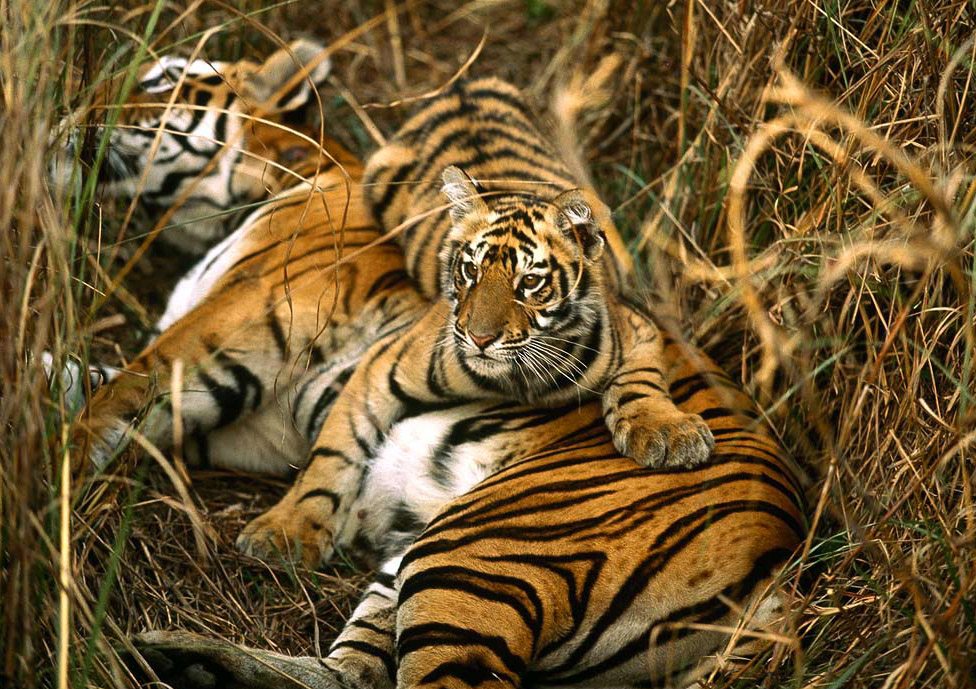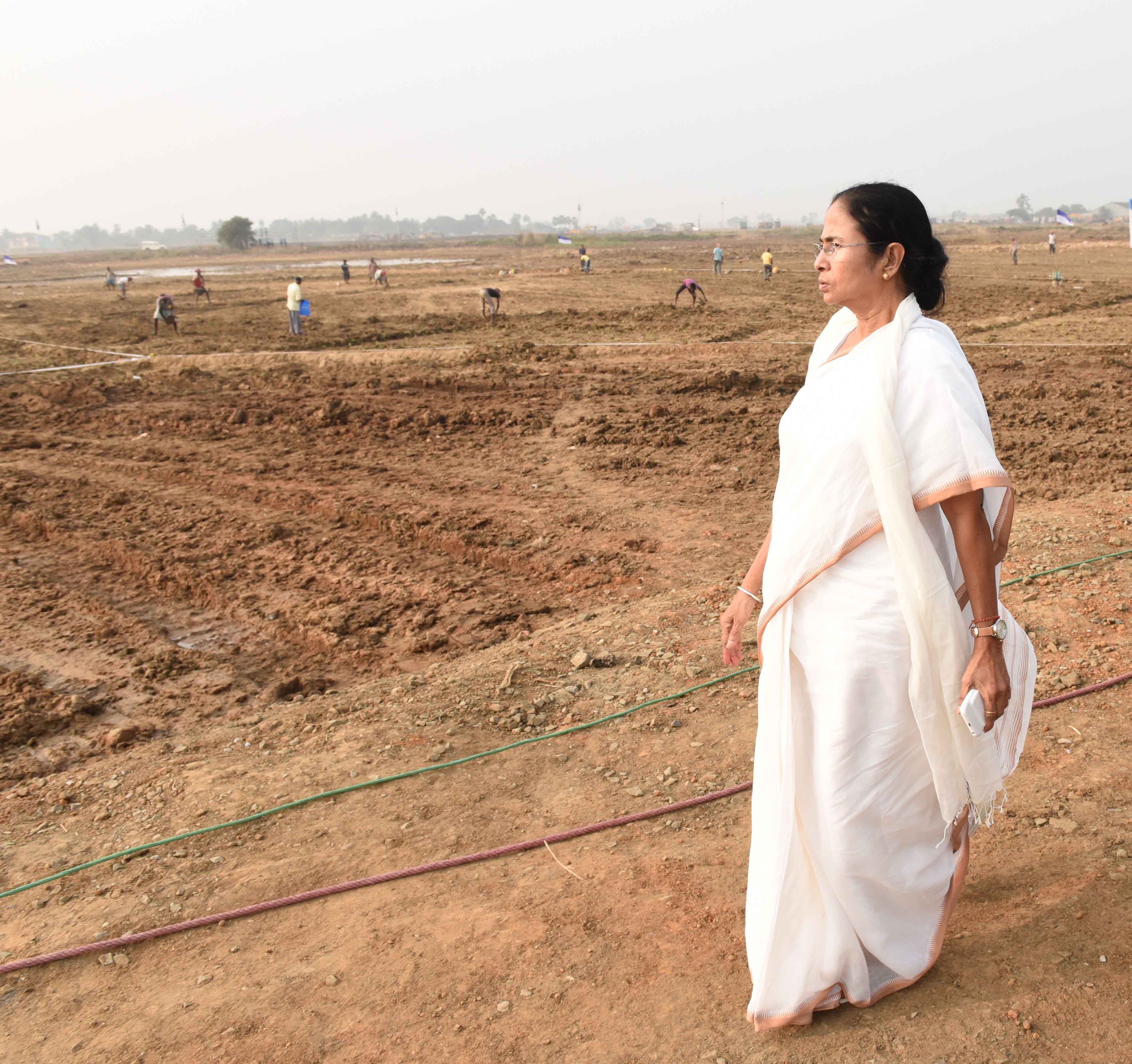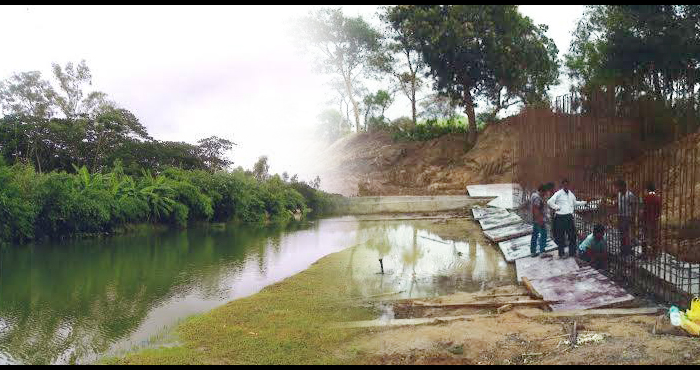The department of Water Resources Investigation has undertaken several projects for water conservation and creation of minor irrigation facilities throughout the State.
Let us have a look at some of them:
Jal Dharo Jal Bharo Abhiyan
The Jal Dharo Jal Bharo Scheme is being implemented across Bengal since 2011 through a campaign called Jal Dharo Jal Bharo Abhiyan. This scheme, including the name, is a brainchild of Chief Minister Mamata Banerjee.
During the last financial year (2017-18), till December 31, 31,165 water bodies and water detention structures have been created, out of which 5,937 have been created by WRI&D Department, 25,228 in collaboration with Panchayats and Rural Development Department.
From 2011 to December 31, 2017, a total of 2,27,101 water bodies and water detention structures have been created and renovated.
Expansion of minor irrigation facilities
Minor irrigation (MI) facilities have been vastly increased. By the installation and revival of 1,143 different types of irrigation schemes, viz. deep and shallow tube-wells, river-lift irrigation facilities, water harvesting tanks, surface flow minor irrigation schemes (SFMIS), check dams, solar power-operated minor irrigation schemes, etc., 36,351 hectares of irrigation potential has been created and revived.
The irrigation schemes have been implemented under different programmes, like Jalatirtha, West Bengal Accelerated Development of Minor Irrigation Project (WBADMIP – in collaboration with World Bank), Rural Infrastructure Development Fund (RFID – in collaboration with NABARD), Core Sector, Rashtriya Krishi Vikas Yojana (RKVY), etc.
Minor irrigation projects in arid districts
In the arid districts of Birbhum, Bankura, Purulia, Jhargram and Paschim Medinipur, 351 minor irrigation programmes, with an irrigation potential of 11,708 hectares, have been completed under different projects to collect and conserve rainwater. Among the 351 are 48 check dams and 104 other water detention structures, creating an irrigation potential of 6,932 hectares.
Solar energy in minor irrigation projects
To promote the use of eco-friendly solar energy for power generation, 99 solar power-operated minor irrigation schemes, using sprinklers, tube-wells, pump-dug wells, etc., have been completed creating an irrigation potential of 1,108 hectares during 2017-18, up to December 31, 2017.








